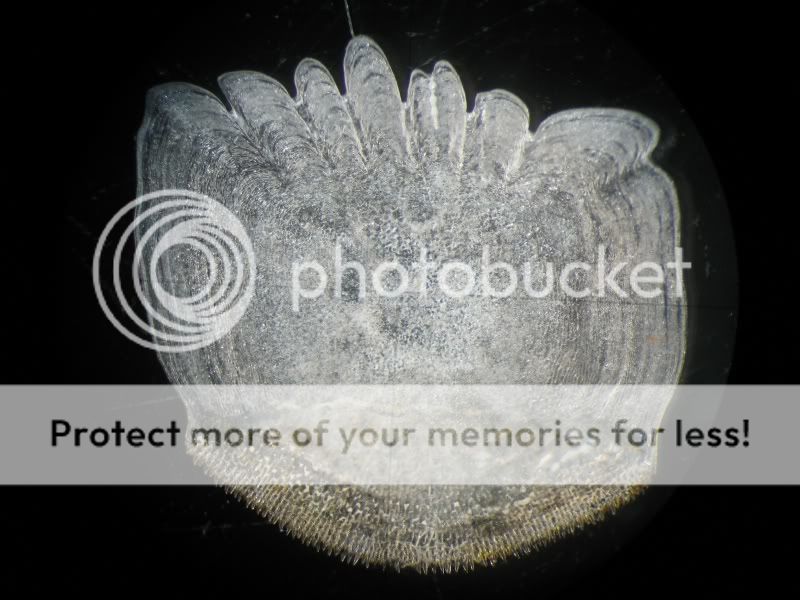I guess I should introduce myself quick first: I'm Whopperhead's brother, Randy, and have gone out diving with him a few times, but I am just a novice diver. I have been lurking this site since last summer when I met a few of you at the apalooza.
I just moved to Madison this spring and have gone out diving a few times around here. In those few times out I have seen some of the biggest bluegills (10"+) and some very nice crappies (13"?) and perch (12"). My question for all of you, after seeing some of the big stringers of big fish that have been posted here, is: how do you practice responsible harvest to ensure that the quantity of big fish is not decimated over time? I'm definitely not being critical of those keeping the big fish, but if someone more knowledgeable than me could explain how to harvest fish with minimal impact to the size and numbers of the fishery, I would feel a lot better about keeping a couple of meals. In my current mindset, eating a 10"+ bluegill makes me feel pretty guilty because where I have been fishing for the past 11 years (Twin Cities, MN) that is a VERY rare fish.
I know that I could just shoot smaller fish to make myself feel better, but I was just wondering about the impact of everyone keeping limits of big fish, even though it is legal.
...not hatin'...just wondering...
I just moved to Madison this spring and have gone out diving a few times around here. In those few times out I have seen some of the biggest bluegills (10"+) and some very nice crappies (13"?) and perch (12"). My question for all of you, after seeing some of the big stringers of big fish that have been posted here, is: how do you practice responsible harvest to ensure that the quantity of big fish is not decimated over time? I'm definitely not being critical of those keeping the big fish, but if someone more knowledgeable than me could explain how to harvest fish with minimal impact to the size and numbers of the fishery, I would feel a lot better about keeping a couple of meals. In my current mindset, eating a 10"+ bluegill makes me feel pretty guilty because where I have been fishing for the past 11 years (Twin Cities, MN) that is a VERY rare fish.
I know that I could just shoot smaller fish to make myself feel better, but I was just wondering about the impact of everyone keeping limits of big fish, even though it is legal.
...not hatin'...just wondering...



